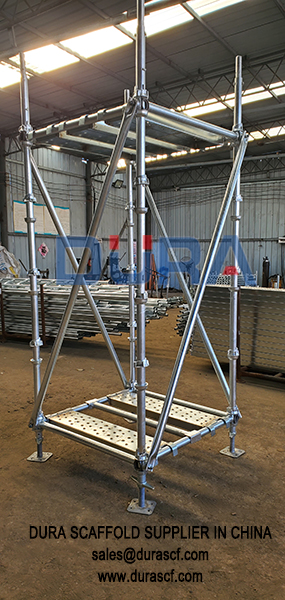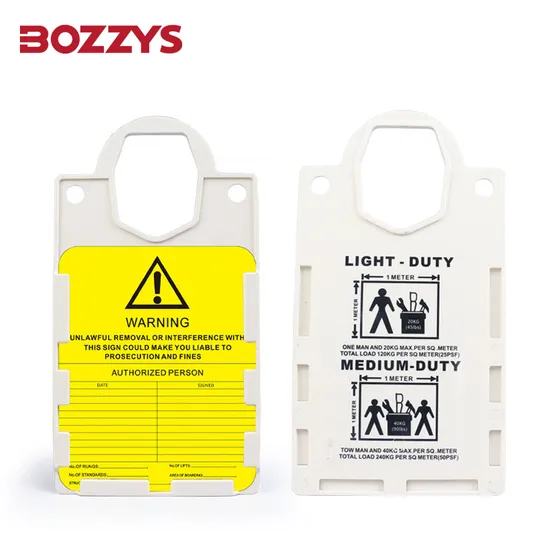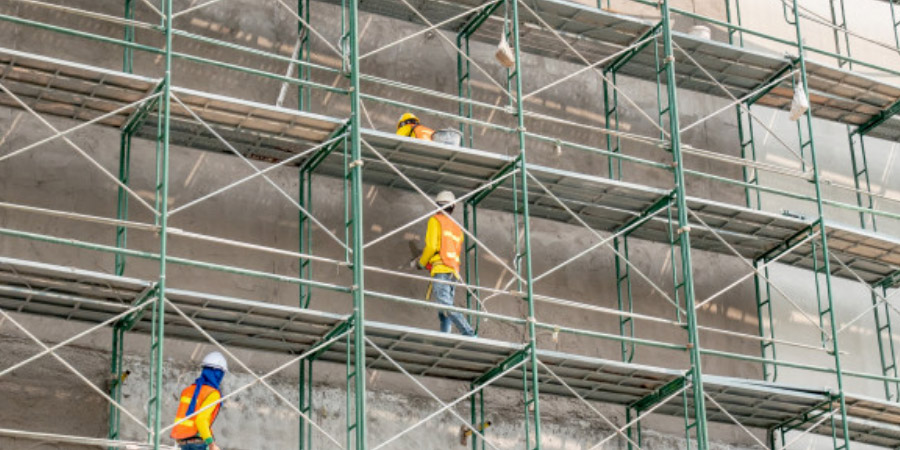Crafting scaffolding in Saudi Arabia requires careful planning and adherence to safety standards. It involves understanding local regulations and using the right materials.
Scaffolding is essential for construction projects, providing workers with a safe platform to perform tasks. In Saudi Arabia, the unique climate and strict regulations make scaffolding a specialized skill. To ensure safety and compliance, it is crucial to follow specific guidelines when crafting scaffolding.
This blog post will guide you through the steps needed to create scaffolding in Saudi Arabia, helping you understand the best practices, materials, and regulations involved. Whether you are a professional builder or a DIY enthusiast, this guide will provide you with the knowledge to construct secure and reliable scaffolding. Stay tuned to learn more about this vital aspect of construction.
Introduction To Scaffolding
Scaffolding is a temporary structure used in construction. It supports workers and materials. It helps in building, repairing, and maintaining structures. It ensures safety and efficiency. Understanding scaffolding is crucial for any construction project.
Importance Of Scaffolding
Scaffolding is essential in construction. It provides a safe platform for workers. It allows access to high and hard-to-reach areas. It supports heavy materials and tools. Safety and productivity depend on it.
- Ensures worker safety
- Provides stable working platform
- Supports materials and tools
- Increases efficiency and speed
Scaffolding In Saudi Arabia
Saudi Arabia has unique challenges for scaffolding. High temperatures and sandy conditions are common. These factors can affect scaffolding stability. Following proper guidelines is crucial.
| Factor | Consideration |
|---|---|
| Temperature | Use heat-resistant materials |
| Sand | Ensure stable foundations |
| Wind | Secure scaffolding with extra ties |
In Saudi Arabia, regulations must be followed strictly. The Ministry of Municipal and Rural Affairs sets guidelines. Proper training is also vital for workers. Understanding local regulations ensures safety and compliance.

Credit: www.nirman.vc
Regulations And Standards
Understanding the regulations and standards for scaffolding in Saudi Arabia is crucial. Compliance ensures safety and legal adherence. This section outlines the essential codes and standards.
Saudi Building Codes
The Saudi Building Code (SBC) provides guidelines for construction practices. These codes cover design, construction, and maintenance of structures, including scaffolding.
Key elements of the SBC include:
- Structural integrity
- Material quality
- Load-bearing capacity
- Environmental considerations
Adhering to the SBC ensures scaffolding systems are safe and reliable. It also helps avoid legal issues and potential fines.
Safety Standards
Safety standards are paramount in scaffolding operations. The Ministry of Municipal and Rural Affairs enforces stringent safety measures.
Important safety standards include:
- Proper training for workers
- Regular inspection of scaffolding
- Use of personal protective equipment (PPE)
- Clear signage and barriers
Ensuring these standards helps prevent accidents and injuries. Regular training and inspections are key to maintaining a safe work environment.
Using PPE like helmets, gloves, and harnesses is mandatory. Clearly marked areas help avoid unauthorized access and potential hazards.
| Aspect | Requirement |
|---|---|
| Training | Workers must be properly trained |
| Inspection | Scaffolding must be regularly inspected |
| PPE | Workers must use personal protective equipment |
| Signage | Clear signage and barriers are required |
In conclusion, understanding and adhering to these regulations and standards is critical. It ensures safe and compliant scaffolding practices in Saudi Arabia.
Types Of Scaffolding
Crafting scaffolding in Saudi Arabia requires understanding the different types available. Each type serves different construction needs. Let’s explore the main types.
Supported Scaffolding
Supported scaffolding is the most common type. It consists of one or more platforms supported by rigid structures. These structures are often made from wood or metal.
This type is suitable for projects with different heights. Workers can easily move up or down. Here are some key points:
- Stable and secure
- Easy to assemble
- Suitable for various heights
Supported scaffolding is often used in building construction. It provides a safe working environment for workers.
Suspended Scaffolding
Suspended scaffolding is different from supported scaffolding. It is hung from the top of a building. This type is used for projects on tall buildings.
Suspended scaffolding provides flexibility. Workers can adjust the height easily. Here are some important features:
- Adjustable height
- Ideal for tall buildings
- Offers flexibility
This type of scaffolding is often used for painting and window cleaning. It allows workers to reach difficult areas with ease.
Materials And Tools
Crafting scaffolding in Saudi Arabia requires specific materials and tools. These elements ensure the structure’s safety and stability. Understanding the materials and tools needed is essential for a successful project.
Essential Materials
Steel tubes are the primary material for scaffolding. They are strong and durable. Wooden planks provide a stable platform for workers. Couplers and fittings connect the steel tubes securely. Base plates distribute the load evenly on the ground. Safety nets and guardrails protect workers from falls.
Required Tools
A wrench is necessary for tightening couplers. A tape measure ensures accurate measurements. A level checks the scaffolding’s alignment. A hammer helps in fixing the wooden planks. A safety harness protects workers at height. Gloves and helmets are essential for personal protection.
Design And Planning
The design and planning phase is crucial in crafting scaffolding in Saudi Arabia. This phase ensures safety and efficiency. Proper planning prevents accidents and improves productivity. Let’s explore key aspects of this phase.
Site Assessment
Assessing the site is the first step in the design process. Inspect the ground conditions and identify potential hazards. Check for underground utilities and overhead obstructions. Measure the area to determine the scaffold size needed. Create a detailed site map to visualize the scaffold placement.
- Inspect ground conditions
- Identify potential hazards
- Check for underground utilities
- Measure the area
- Create a site map
Load Calculations
Load calculations are vital for scaffold safety. Calculate the total weight the scaffold will support. Include the weight of workers, tools, and materials. Use these calculations to select the right scaffold type and materials. Ensure the scaffold can handle both static and dynamic loads.
- Calculate total weight
- Include weight of workers and tools
- Select appropriate scaffold type
- Ensure capacity for static and dynamic loads
Proper design and planning ensure a safe and efficient scaffolding structure. Always follow safety standards and regulations. This approach not only ensures safety but also enhances productivity.

Credit: www.durascf.com
Construction Techniques
Understanding the construction techniques for scaffolding in Saudi Arabia is crucial for safe and efficient projects. The right methods ensure the structure is stable and secure, protecting workers and the public. Let’s explore some fundamental steps and measures to craft scaffolding effectively.
Erection Steps
Proper erection of scaffolding involves several critical steps:
- Site Inspection: Ensure the ground is level and firm.
- Foundation Preparation: Place base plates and sole boards.
- Frame Assembly: Connect the vertical and horizontal frames securely.
- Platform Installation: Install planks or decks for standing areas.
- Guardrails and Toe Boards: Add safety rails and toe boards to prevent falls.
Each step requires careful attention to detail to maintain the scaffolding’s integrity and safety.
Stability Measures
Ensuring the stability of scaffolding is essential for worker safety. Here are key measures:
- Bracing: Use diagonal braces to reinforce the structure.
- Anchoring: Secure the scaffolding to the building at regular intervals.
- Load Distribution: Evenly distribute weight to prevent tipping.
- Weather Considerations: Check for wind and weather conditions that may affect stability.
Always inspect the scaffolding regularly to ensure it remains stable and safe during use.
Safety Practices
Ensuring safety while crafting scaffolding in Saudi Arabia is crucial. Adhering to safety practices not only protects workers but also ensures the quality of the construction. Here, we’ll cover key safety practices, including protective gear and regular inspections.
Protective Gear
Wearing the right protective gear is essential. Helmets protect against head injuries. Safety goggles shield eyes from debris. Gloves provide grip and prevent hand injuries. High-visibility vests make workers easy to spot. Proper footwear prevents slips and falls. Ensuring all workers wear protective gear reduces accidents.
Regular Inspections
Regular inspections are mandatory. Inspect scaffolding daily for wear and damage. Look for loose bolts and unstable planks. Check the foundation for cracks. Inspecting after extreme weather is crucial. Regular inspections ensure the scaffolding remains safe and secure. Keeping a log of inspections helps track maintenance needs.

Credit: www.instagram.com
Maintenance And Inspection
Maintenance and Inspection of scaffolding are crucial in ensuring safety and durability. Regular checks and timely repairs are essential. This section highlights the key areas to focus on for effective maintenance.
Routine Checks
Routine checks help identify potential issues early. Inspect the scaffolding for any loose bolts or damaged parts. Ensure that all components are securely fastened. Look out for signs of rust or corrosion, especially in metal scaffolding. Regular cleaning prevents buildup of dirt and debris, which can weaken the structure.
Repair And Replacement
Effective repair and timely replacement of damaged parts extend the life of scaffolding. Replace any worn-out or broken components immediately. Use only compatible parts to ensure structural integrity. Keep a record of all repairs and replacements for future reference. Regular maintenance helps in avoiding costly replacements and enhances safety.
Training And Certification
Training and certification are crucial for scaffolding in Saudi Arabia. Proper training ensures safety and efficiency. Certification validates skills and knowledge. Let’s explore the training programs and certification requirements in detail.
Training Programs
Training programs for scaffolding in Saudi Arabia are diverse. They cover essential topics. These include safety procedures and proper equipment use. Trainees learn how to assemble and disassemble scaffolding. Hands-on practice is a key component.
Experienced instructors lead the sessions. They provide real-world examples. This helps trainees understand complex concepts easily. The programs also include risk assessment training. This prepares workers for potential hazards.
Certification Requirements
Certification is mandatory for scaffolders in Saudi Arabia. It ensures that workers meet industry standards. To obtain certification, trainees must pass a written exam. They also need to demonstrate practical skills.
Certification bodies follow strict guidelines. They assess both theoretical knowledge and practical competence. Workers must renew their certification periodically. This ensures they stay updated with the latest safety practices.
Frequently Asked Questions
What Are The Regulations For Scaffolding In Saudi Arabia?
Saudi Arabia has strict safety regulations for scaffolding. Contractors must follow guidelines set by the Saudi Arabian Standards Organization (SASO) and Ministry of Labor. Compliance ensures worker safety.
How To Ensure Scaffolding Safety In Saudi Arabia?
To ensure scaffolding safety, conduct regular inspections, use quality materials, and train workers. Adhere to local regulations and guidelines for best practices.
What Materials Are Best For Scaffolding?
Steel and aluminum are commonly used materials for scaffolding. They offer durability, strength, and stability. Choose materials based on project requirements.
How To Choose A Scaffolding Contractor In Saudi Arabia?
Select a contractor with experience, proper licensing, and compliance with local regulations. Check their safety record and client reviews for reliability.
Conclusion
Crafting scaffolding in Saudi Arabia requires careful planning and attention to detail. Follow safety guidelines strictly. Use quality materials to ensure stability. Regular inspections are essential for maintaining scaffold integrity. Train workers properly to prevent accidents. By adhering to these practices, you can create safe, reliable scaffolding.
Always prioritize safety and quality in your projects. This ensures successful construction and the well-being of your team.


